Breaking Down the Image: Tamron 15-30 VC
Dustin Abbott
February 12th, 2015
“Pristine”
This is the word that comes to mind when I consider both the condition of the snow (just know that I had to trudge through some DEEP stuff to get this image…my ankles are still cold as I type!) but also the image quality that I am seeing after my first 24 hours with the new Tamron SP 15-30mm f/2.8 Di VC USD ultrawide zoom. This is the very first of its kind, combining the stabilizer of a lens like Canon’s new EF 16-35mm f/4L IS lens (which I reviewed in detail here) with the wider aperture and (almost) focal length of Nikon’s Nikkor 14-24mm f/2.8G lens. It is the only stabilized, f/2.8 full frame lens with a focal length this wide, so know that not only is Tamron trying to build a great lens optically, they are also going into uncharted territory with the feature set and design of this lens. It is already a winner when it comes to features; but it is a winner when it comes to image quality?
As I begin to critically examine the images I am getting so far out of this lens, I’m going to have say that signs point to yes. This little article is a unique one; a preview of sorts. We will examine this particular image and the story it tells.
First, as all of you photographers know, this is one of the most challenging types of shots for any lens. The sun (which was extremely bright – bright enough to require an exposure of 1/640th at f/11, ISO 100) is right in the frame, and thus this is a completely backlit image. I added about a half stop of exposure to the foreground in post to balance it with the sky, but that is only real tweak here.
It quickly becomes apparent that contrast is exceptional in the lens. Despite the challenging shooting conditions the contrast is perfect. There is great definition in all of the snow textures, with very clear definition between shadows and highlights. Note also that the sky is nice and blue despite the intensity of the sun. This is pretty important, because the design of this lens (like the Nikon) precludes the use of any traditional filters. I suspect that aftermarket adapters for square filters will probably surface in six months or so. I’ve got just such a system for the Rokinon 14mm f/2.8, and it makes the lens even more dynamic. The use of multiple exposures would have helped a bit with this image, but all of the highlight and shadow information is here already, so it would be very easy to process this photo even further.
Next up: flare and ghosting. I don’t see any loss of contrast due to flare here, and while there is some ghosting/veiling that you can see in this 100% crop, it is so minor as to be nearly nonexistent. This is an exceptional performance for a wide angle lens, and matches or exceeds anything that I have previously tested. This crop also shows that the sunburst/sunstar here is also VERY attractive, and that is a big deal to me.
This particular image is stopped down to f/11, which I did to exaggerate the sunburst and give more definition to the bursts due to the aperture blades. Examining our resolution is still important here, however, as many wide angle lenses don’t sharpen up in the extreme corners even when stopped down. This image is at 15mm, where both the scale of the image circle requires a lot of resolution and where distortion is likely to play the biggest role. This second crop takes a look at the extreme bottom left corner of the image.
We can see that the detail is still very, very good here. No mushiness, and the textures remain nicely defined. There is the slightest bit of distortion apparent, but I have been very impressed with the LACK of distortion for such a wide focal length. This is a great performance, and definitely excels against my Rokinon 14mm f/2.8 because of the fairly extreme distortion that lens exhibits in the extreme corners. Note also that no profile yet exists for this lens in Lightroom or Adobe Camera Raw, so there has been absolutely no distortion correction applied here.
But what about the other side? Sometimes lenses can be decentered so that they are sharp on one side but not the other. Let’s take a look at the extreme right corner from the new Tamron:
The performance here is just as good. Good textures, minimal distortion. Consider the resolution test for this image passed. When we step back and look at the image as a whole, it certainly gives a very sharp appearance. I love the crisp resolution on the patterns created by wind on the snow’s surface.
How about chromatic aberrations? An image with such extreme highlights and shadow contrasts should be the ultimate primordial ooze that the beast of color fringing could arise out of. Let’s look at another crop:
These branches should really show fringing if the lens were prone to chromatic aberrations, but I have to say that Tamron’s use of expensive elements and fancy coatings are doing a superlative job here. There has been absolutely no correction for chromatic aberrations to this image, and yet I don’t see fringing in the transition from dark to light in the branches, nor do I see them in the crops of the snow (which would also really show off CA). That’s a fabulous performance!
This final crop would also show CA due to the deeper shadows from the footprints and the extremely bright “lip” of where the footprints are made in the snow.
Fringing is once again resisted, and there is nice contrast between shadows and highlights along with great resolution. There is a TON of texture information in this image, but everywhere I click in the image I am very satisfied with the resolution. This looks to be a lens that is ready to face the challenges provided by the high megapixel bodies from Nikon, Sony, and now Canon.
This isn’t a perfect lens. It is the largest in its in both weight and length. It cannot use traditional filters. These are both a big deal, but if neither of these factors are deal breakers for you, I think you are going to very impressed. The image stabilizer works well (I’ve already gotten some good handheld shots even at a full second!), the AF seems accurate, and the lens seems to be built very sturdily. I’m going to keep digging over the next little while, but I feel like Tamron has another hit on their hands with the SP 15-30mm f/2.8 Di VC USD. Stay tuned! Here’s a video that looks at unboxing the lens and a little more about the build and features.
Gear Used:
Canon EOS 6D DSLR Camera (Body Only)
Tamron SP 15-30mm f/2.8 Di VC USD Lens (Canon EF)
Adobe Photoshop Lightroom 5 Software for Mac and Windows (Boxed Version)
Adobe Photoshop Creative Cloud 1-Year Subscription
Alien Skin Exposure 7 (Use code “dustinabbott” to get 10% off)
Purchasing your gear through B&H and these links helps fund this website and keeps the articles coming. Thank you for your support.
Great News! I can now offer a 5% discount on all purchases at Amplis Foto, Canada’s Leading Photographic Supplier. Please enter discount code: AMPLIS52014 in your cart. It is good for everything in your cart, and is stackable with other coupons, too! It will take 5% off your entire order! Proceeds go towards keeping this site going and providing you with new reviews! Preorder the Tamron here:
DISCLAIMER: This article and description contains affiliate links, which means that if you click on one of the product links, I’ll receive a small commission. As an Amazon Associate I earn from qualifying purchases.









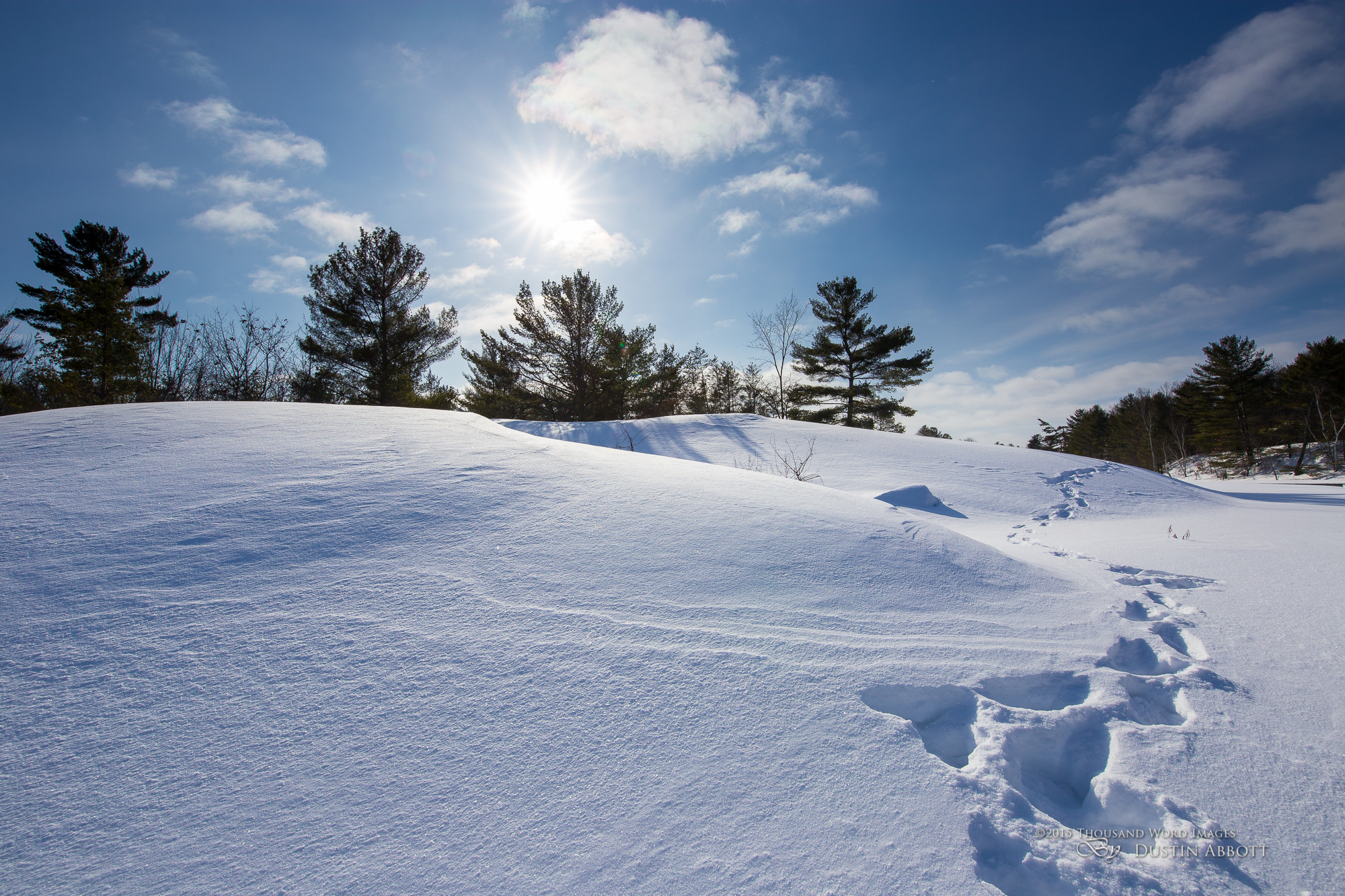
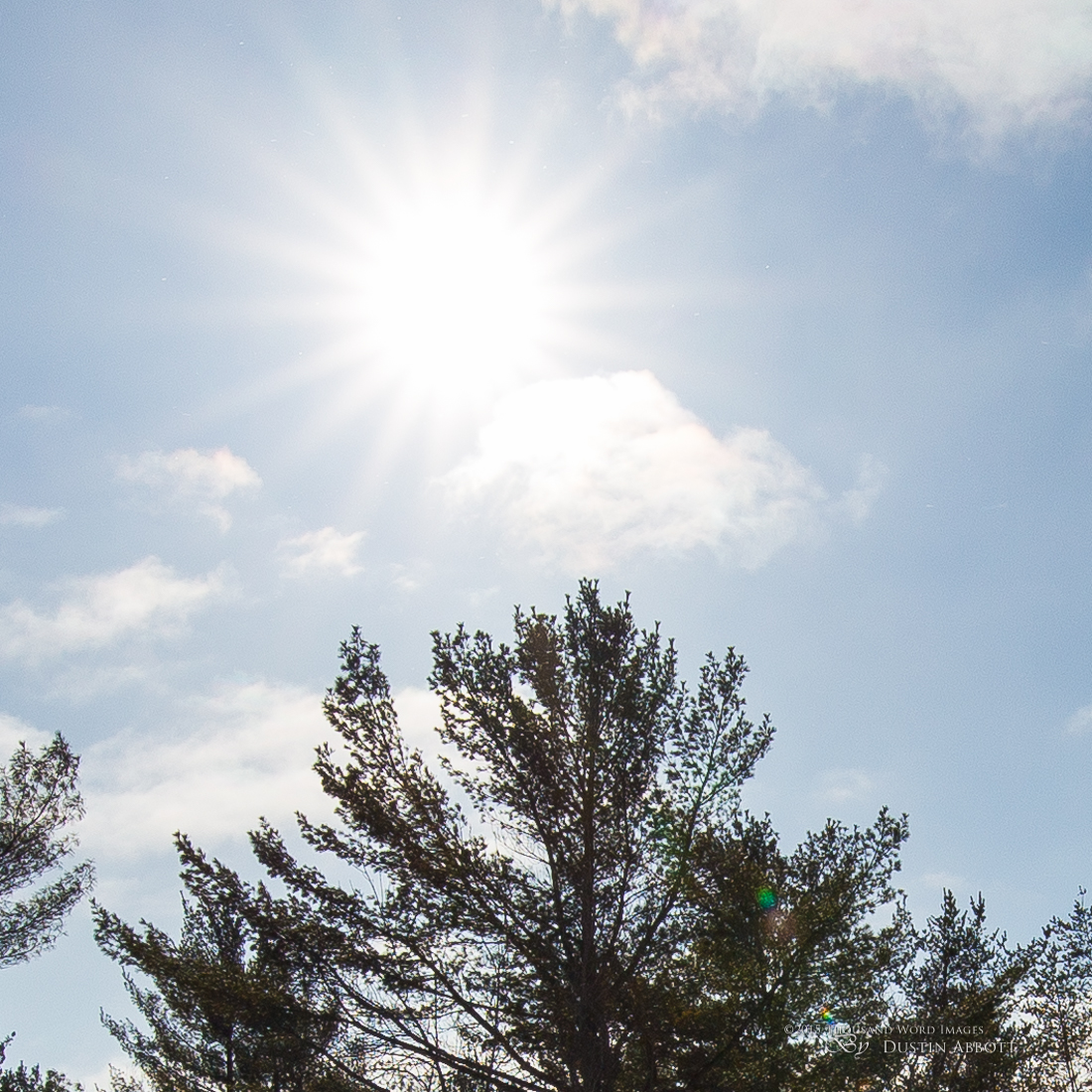
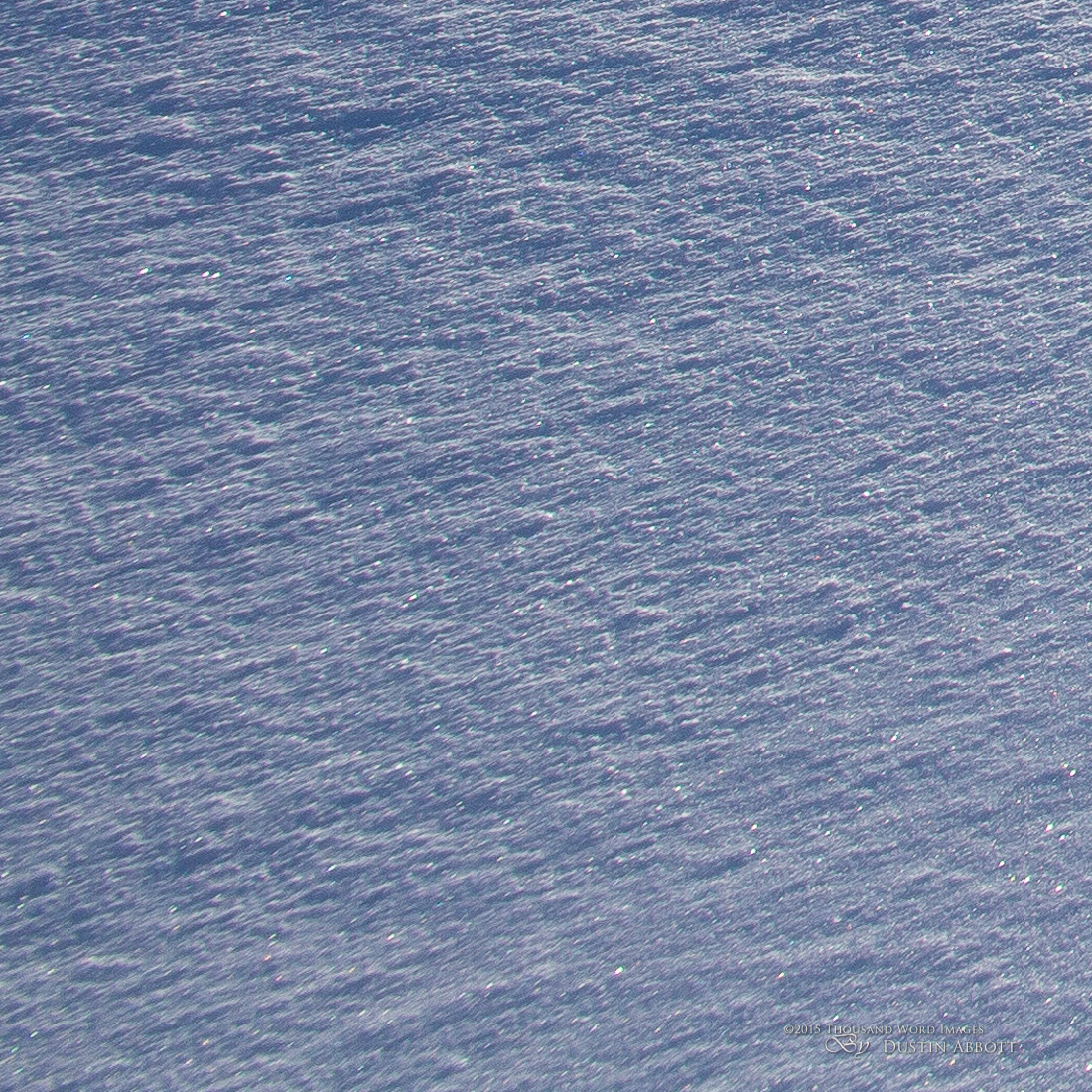
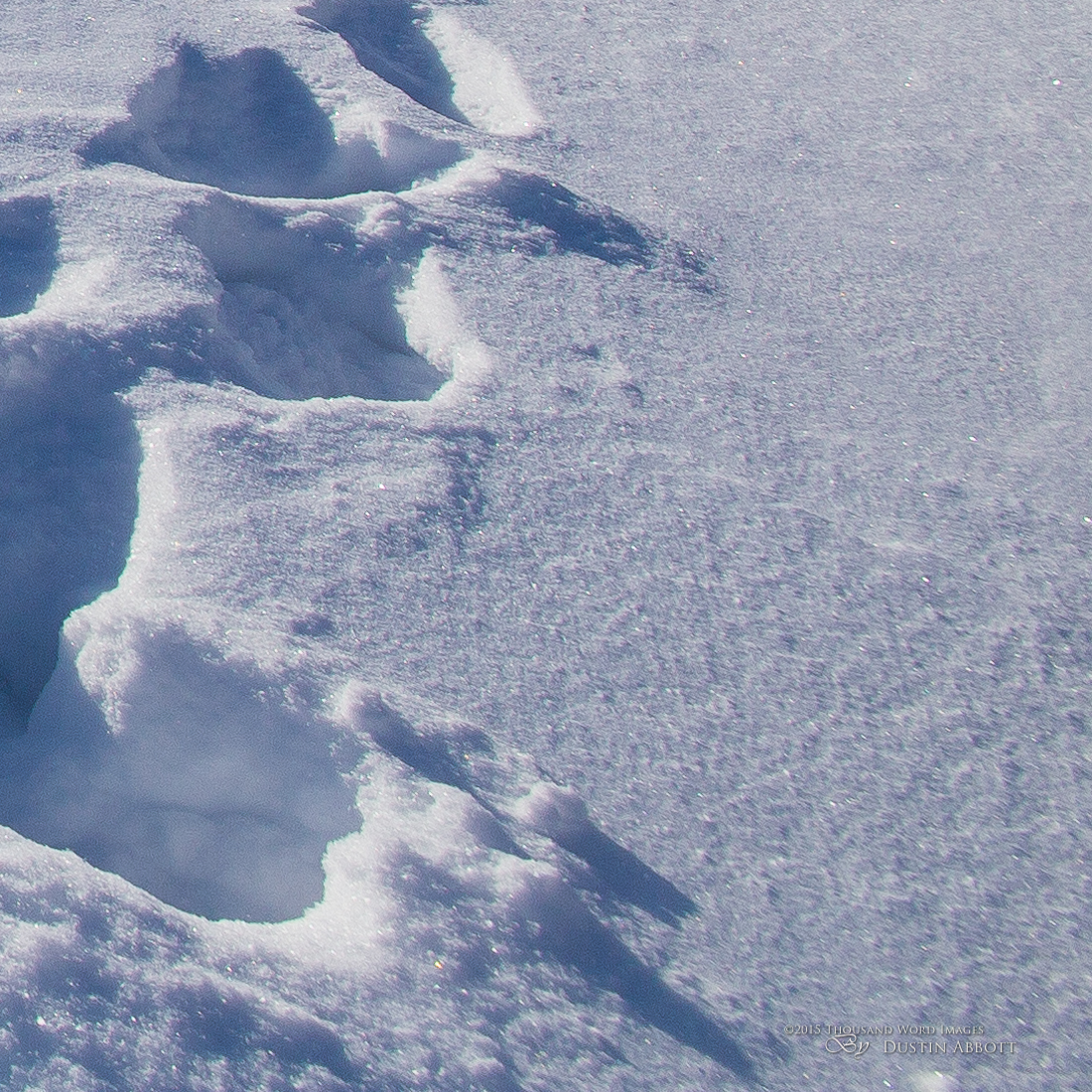
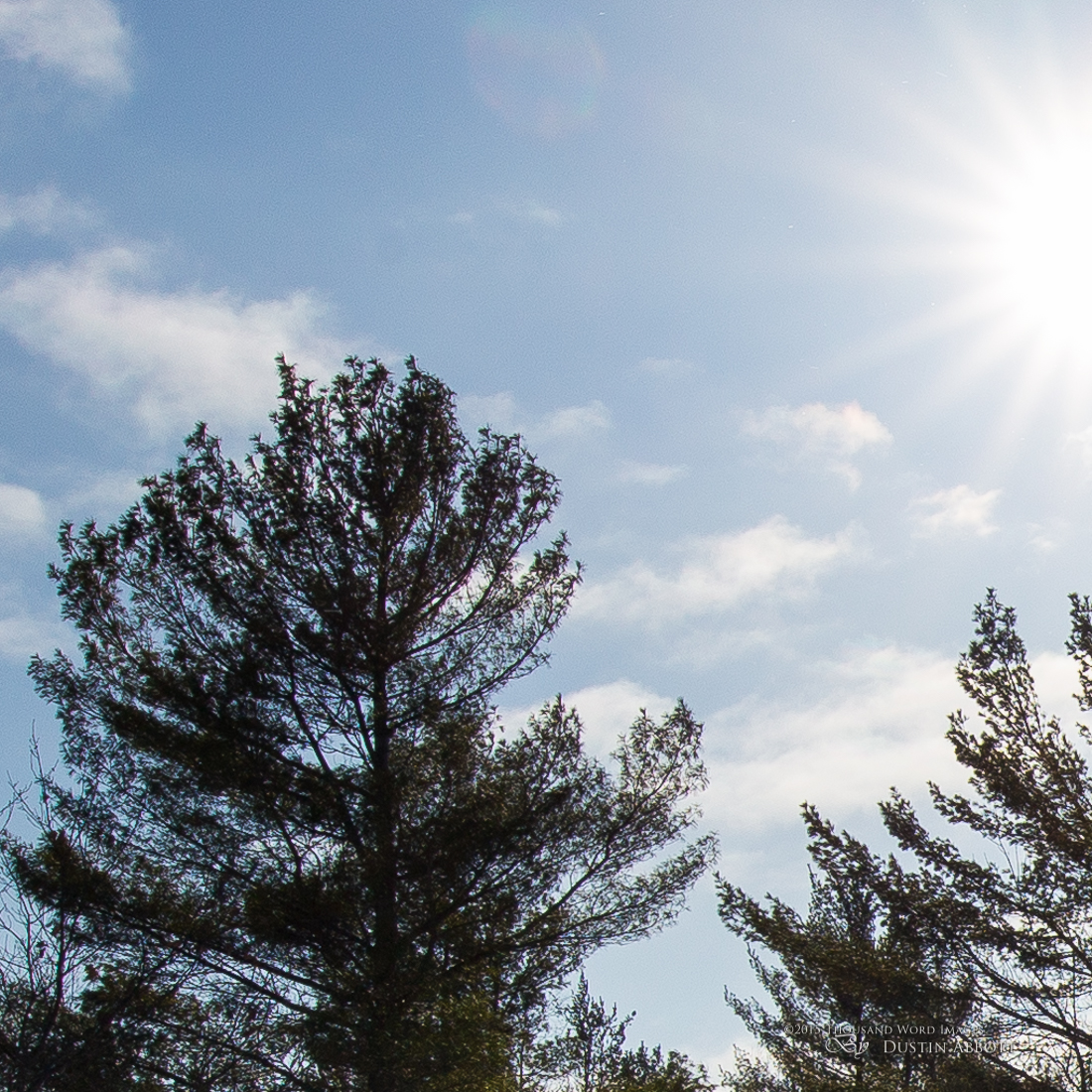
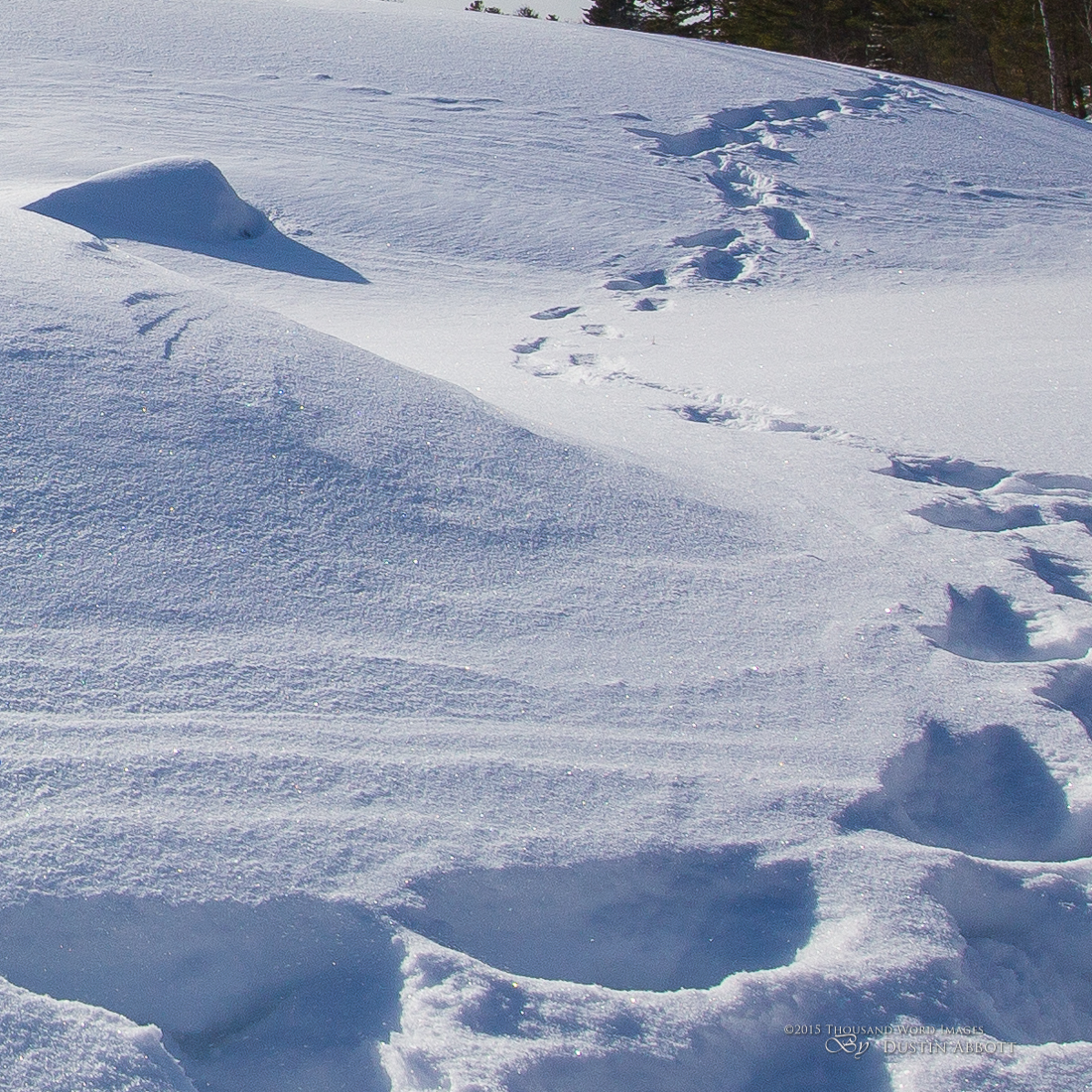

 Nikkor Z 35mm F1.8 S Gallery
Nikkor Z 35mm F1.8 S Gallery  Nikkor Z 35mm F1.8 S Review
Nikkor Z 35mm F1.8 S Review 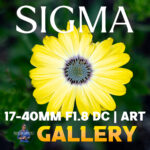 Sigma 17-40mm F1.8 DC | ART Gallery
Sigma 17-40mm F1.8 DC | ART Gallery 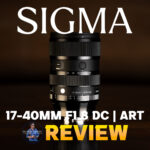 Sigma 17-40mm F1.8 DC | ART Review
Sigma 17-40mm F1.8 DC | ART Review 


